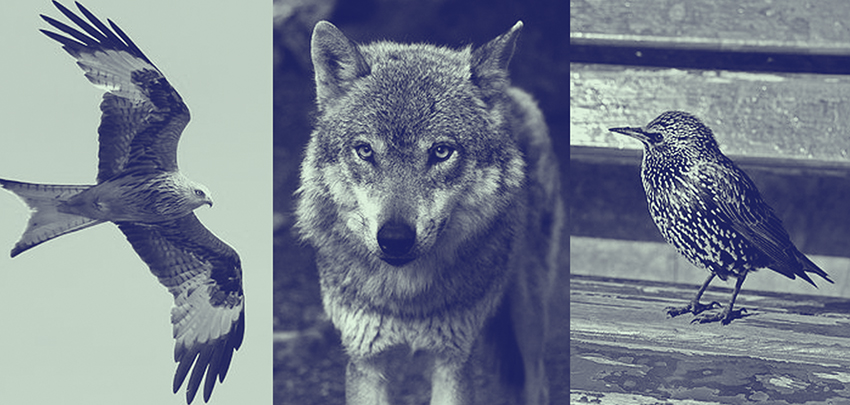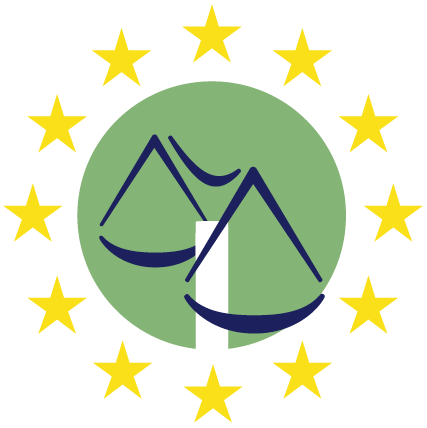The BIOVAL project is a joint project of EUFJE, IMPEL and ENPE and intends to create a non-binding, practical instrument to value damage to nature in court. BIOVAL focuses not on sanctioning, but on financial restoration.
Similar instruments are used to assess compensation amounts health, material, economic, and ecological damages. For example, the Belgian "Indicative Table" for human and material damage’ that was set up by judges and is accepted and used as the standard in all Belgian courts for many years. As another example, hunting laws in multiple Spanish regions include compensation amounts when certain animals are illegally killed. In Finland, a list of values for fauna and flora exists that is used to calculate the compensation.
While valuing fauna and flora in monetary terms is a complex challenge, we still consider it a useful exercise. The major advantages of using such a valuation instrument in administrative, civil or criminal procedures would be the greater legal certainty and the shorter case duration. It may also lead to more equal treatment of similar cases assessed in different contexts (different regions, different courts, different procedures...). Initially, the scope of the BIOVAL project will be limited to the valuation of wild fauna / vertebrates.
In a first stage, we tried to find and examine existing price list systems in EU Member States.
An online survey of our members was organised, focusing on 3 species: wolf, starling and red kite.
In 2021 and 2022, after a tender, we asked the Flemish Institute for Nature and Forest Research (INBO) to examine existing price list systems and propose criteria and a possible methodology for valuing ecological damage to vertebrates.
After the draft report was presented during an expert workshop in April 2022 and in June 2022. On 18 November 2022 we held a second expert workshop in Brussels and online. After each expert workshop, INBO reworked its proposal, taking into account the feedback we received from network members and other experts.
The methodology was finalised in January 2023, together with a first short list of compensation values for species, that was then extended to 100 species, and should be extended again in 2024. Throughout 2023, the BIOVAL project was presented at several events to judges, prosecutors and other legal practitioners.
The BIOVAL methodology was successfully used in a first case in March 2023, confirmed in appeal in January 2024:
On 7 March 2023, the Criminal Court East-Flanders, Ghent division, ordered a financial compensation, for illegal catching of starlings, of 15.400 EUR (200 EUR x 77 starlings), using the BIOVAL calculation method (extinction risk: 2 EUR + cultural value: 166 EUR + ecological value: 16 EUR + contribution to prosperity: 16 euros = 200 EUR per starling). This decision was made considering that restoration in nature was impossible and even prohibited by the law (Flemish Species Regulation of 15 May 2009). This civil compensation was to be paid to the Flemish Environment and Nature Fund for environmental restoration purposes (Mina Fund – public fund financing prevention and remediation projects relating to nature and the environment) and is distinct from the criminal sanction that was ordered (120 hours community service).
The decision was appealed. On 26 January 2024, the Court of appeal in Ghent upheld the decision, considering that compensation was the only possible form of recovery, as the breeding and release of starlings to repair the damage caused to nature. The court approved the amount of the compensation calculated through the BIOVAL methodology, and approved the attribution of the compensation tot he Mina Fund as a public fund that is “partly funded according to the principle 'the polluter pays', in this case 'the perpetrator pays'” and whose purpose is “to cover the costs of decontamination and restoration not covered by the revenue from levies and fines”. The court added that “This compensation restores the legal situation”.
The BIOVAL calculation method was used again by the Court of First Instance of East-Flanders, Oudenaarde division, on 27 February 2024, in a case regarding various CITES breaches and involving 43 species. Considering that restoration in nature was impossible and prohibited by the law, and that the author of environmental crime causing damage to such an extent that it cannot be repaired may not escape his obligation to repair, through monetary comensation to the MINA Fund. The Court added that this compensation may be ordered at the request of the Public Prosecution Service or ex officio, and ordered the defendant to pay a total of 68,545.06 EUR to the MINA Fund. The decision has been appealed.
In May 2024, we launched the BIOVAL tool website, containing the methodology, the list of compensation values and case law that legal practitioners will be able to refer to in their own cases.
Please check it out at https://biovaltool.eu/
On 3 October 2024, the Criminal Court Brussels used the BIOVAL tool, in a case of illegal killing of a grey heron, to order a financial compensation of 5000 EUR to be paid to the MINA Fund, considering that the damage to nature was estimated by Bioval as accurately and concretely as possible by means of scientific criteria, and therefore should be applied.
In October 2024, at the annual conference of ENPE, the BIOVAL project received the 2024 GAIA award for “Overall contribution in the fight against environmental crime” .
On 13 December 2024, the BIOVAL team held a very productive workshop, with participants from all parts of the enforcement chain (judges, prosecutors, police and administrative officers, lawyers) as well as academics, to present and explain the BIOVAL tool and brainstorm together on its evolution and adaptation/dissemination across Europe.
In 2025, we will continue presenting BIOVAL, disseminating the methodology and training judges on how to use it.
BIOVAL in the media:
- https://www.liberation.fr/international/europe/elections-europeennes-grace-a-des-ong-les-atteintes-au-vivant-mieux-indemnisees-20240522_BMB5Y34FIRCDLKUUZ5B2M56ZRA/
- https://daily.nb.org/arthrografia/bioval-project-to-polytimo-nomiko-ergaleio-gia-tin-apotimisi-tis-perivallontikis-zimias/
- https://www.standaard.be/cnt/dmf20250123_94185670
- https://www.vlaanderen.be/inbo/nieuws/bioval-wanneer-schade-aan-de-natuur-leidt-tot-een-schadevergoeding/?redirectNews=true
- https://www.actu-environnement.com/ae/news/outil-bioval-prejudice-ecologique-evaluation-interview-ariane-samson-divisia-forum-juges-environnement-ue-45920.php4

